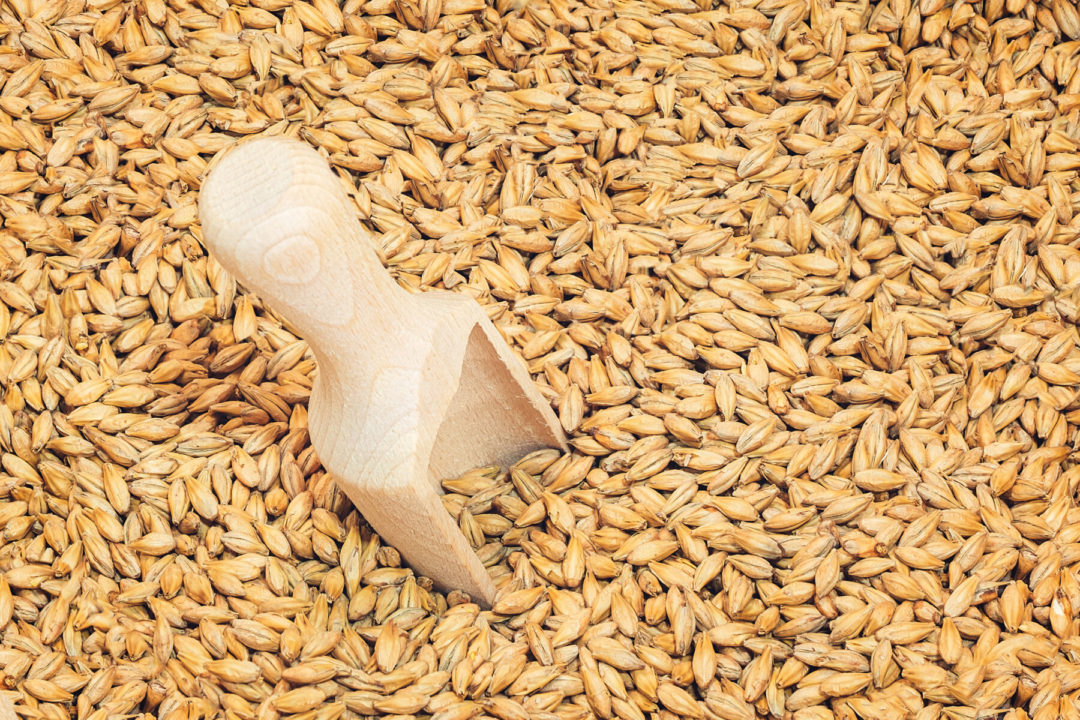Vasani detailed how Spoonshot’s AI—Food Brain—works, including a discussion of its sources and methodology. It has proven accurate, in the past: “In 2019, Spoonshot made eight trend predictions for 2021,” Vasani told attendees. “Seven of them are still valid.” The one that got away was ‘global flavor mashups,’ which fell by the wayside when the pandemic hit, he explained.
Sundaresan covered seven trends Spoonshot is predicting will take off in 2022, and offered two bonus predictions for 2023. The 2022 trends include:
- The top trend for 2022: food synergies. There’s potential for ingredient pairs that offer more together than on their own, such as vitamin C + zinc. “Brands may want to promote the health benefits of ingredient pairs,” Sundaresan suggested. “While most promote a ‘hero’ ingredient, researching and promoting synergies may help increase consumer engagement as consumers look forways to take care of nutritional needs.”
- Gut health = respiratory health. “Consumer conversations on social media are centering around how gut problems may affect respiratory health,” Sundaresan explained, noting that there’s evidence to back this link: “A combination of five probiotic strains was able to reduce respiratory issues by 27%, particularly among those over 45.”
- The third trend is more focused. Spoonshot is predicting that more products will cater to those suffering from loss of smell and taste, which are among the most common symptoms and common long-term symptoms of COVID-19. References to anosmia and ageusia went up 418% in 2020, and parosmia—a condition in which many things smell bad or rotten—has also gotten increased attention. There are already smell training kits to help people regain that sense, and Life Kitchen has launched a cookbook intended to help those who have issues with taste.
- Use of robots. Already picking up to make up for a labor shortage, Sundaresan pointed to Nala Robotics, which has opened up fully automated restaurants. “This doesn’t just mean job loss,” she said. “Ory Labs has made robots that can be controlled just by eye movement, allowing people with disabilities or with limited movement access to employment opportunities. This can mean new types of jobs.”
- Lab-grown foods comes in at #5, boasting a shorter production time than the length of time it takes to raise living animals and greater sustainability. These foods are made by extracting muscle stem cells from an animal, growing them in a medium, and then structuring them into the desired shape. Besides allowing start-up companies to get in the business, Sundaresan points to an opportunity here for bigger animal product companies, like Tyson, to stay in the meat game, while upping sustainable credentials.
- Plant-based dairy alternatives pop in here, looking at a new frontier: grains. Specifically, barley. Barley requires less water than almond milk, while having a greater yield than oats, and being easier to grow. And some companies, such as Take Two, have sustainability built in—alcohol companies can back and even create these barley milk companies, and make milk out of the company’s own byproducts, leading to trend #7, which is—
- —Upcycling. Sundaresan cited a study which showed that while only 10% of those surveyed knew what upcycling was, once participants were informed about it, 80% of participants stated that they were willing to seek out upcycled products. “There must be awareness of it, and it must be done at scale,” Sundaresan told attendees. And this doesn’t stop at food: She pointed to Mi Terro, a company which makes t-shirts from wasted or spoiled milk by extracting certain protein molecules and spinning them into yarn.
Related: ECRM’s Snack, Winter Program: 10 Trends to Watch Upcycled Food Association Announces Certification Mark Kerry Releases Plant-Based Food Safety Webinar
Sundaresan also made predictions for 2023—Spoonshot’s data suggests that postbiotics and carbon labeling will be on the rise.For more details, the presentation can be viewed here.And more information on Spoonshot can be found on the company's website.










